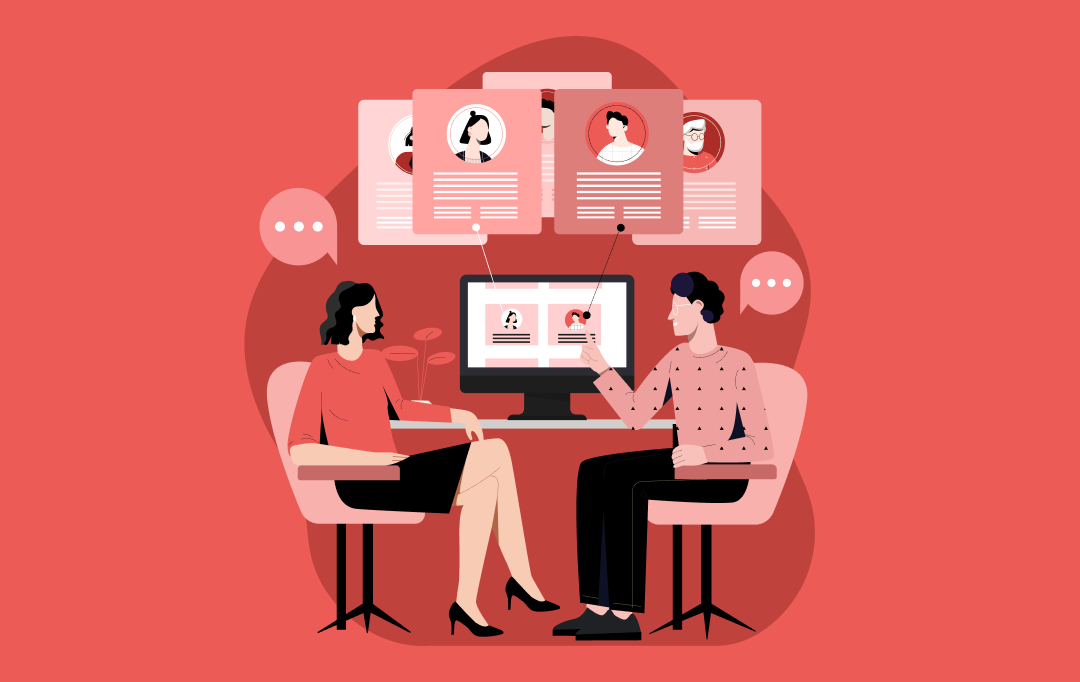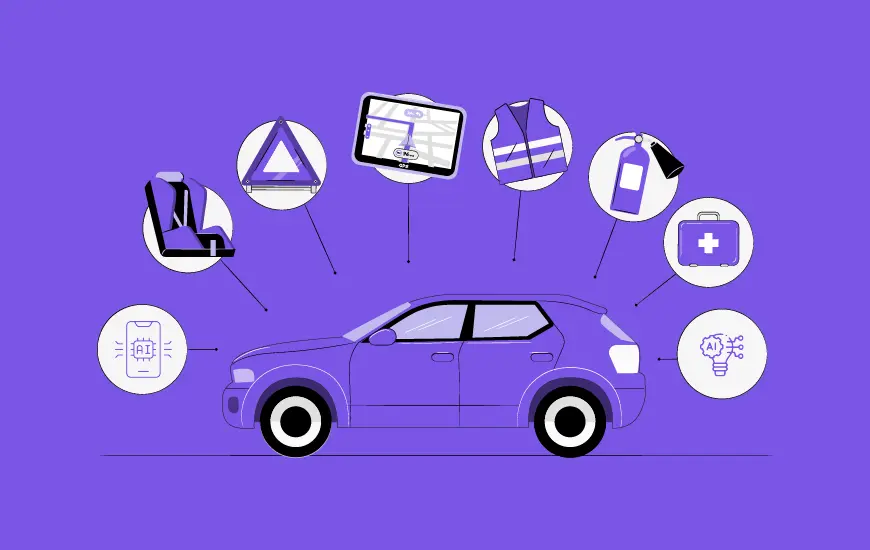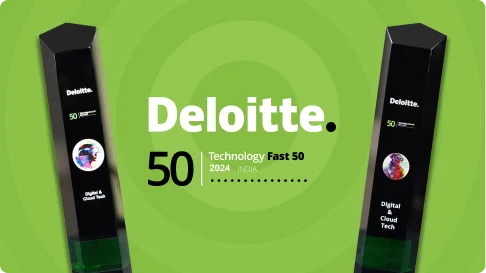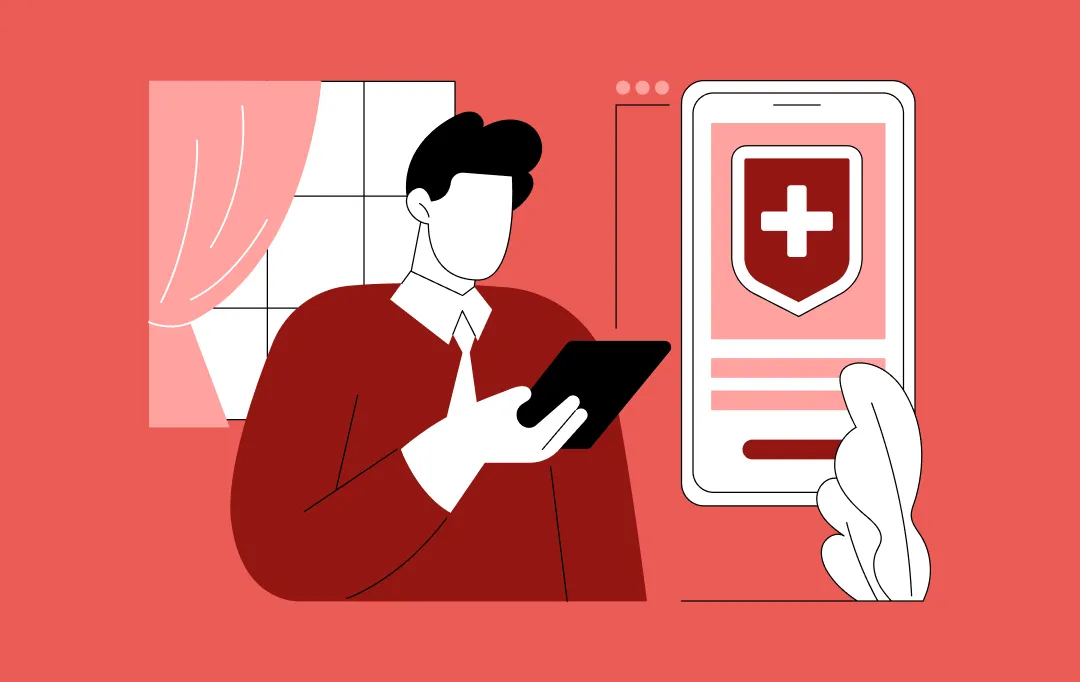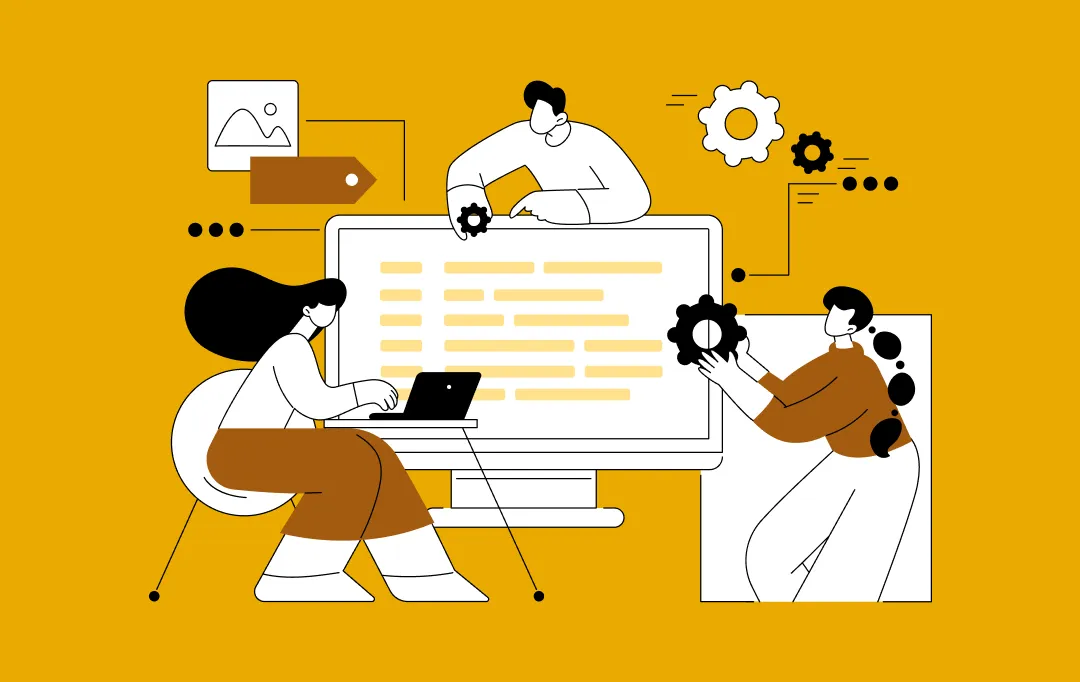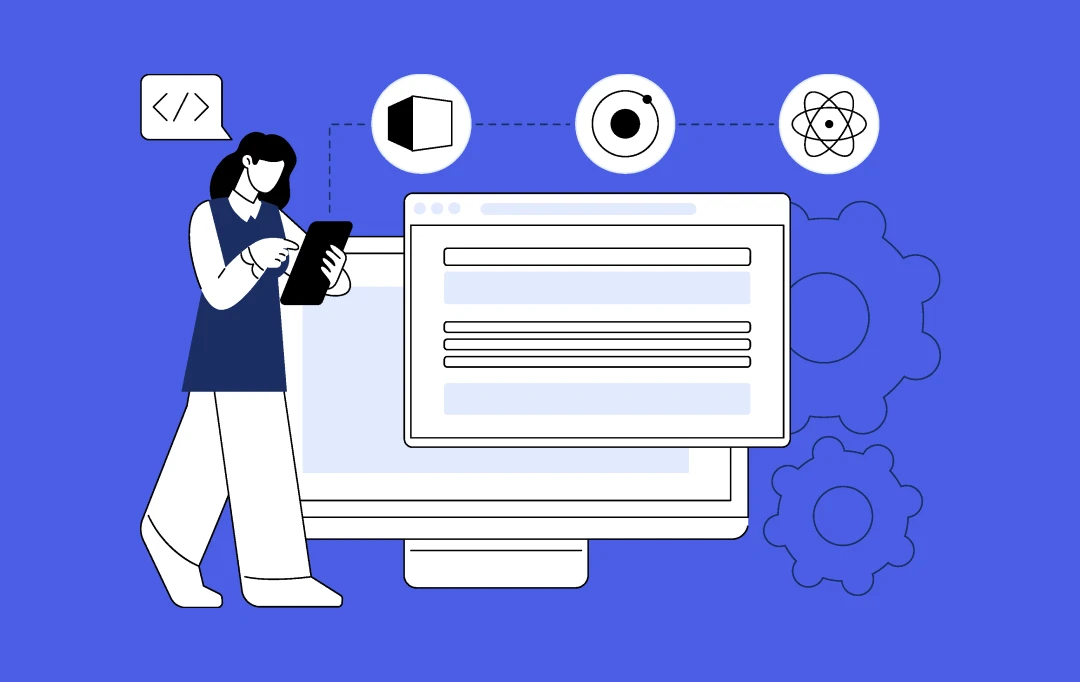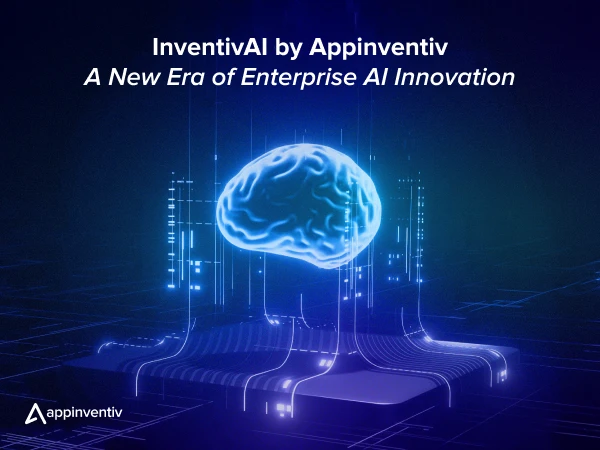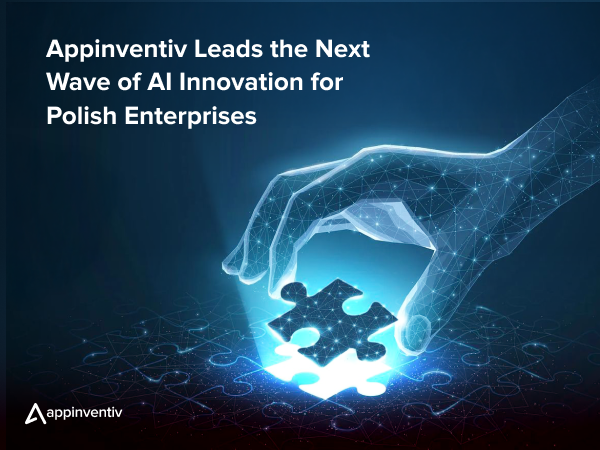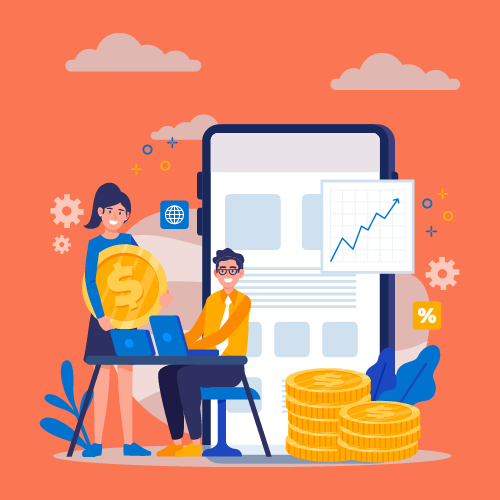- IoT Layers
- IoT App Development Challenges
- A. Choosing the Right IoT App Development Tools
- B. Proper Connectivity
- C. Security
- D. Compatibility and Flexibility
- E. Data Collection and Processing
- F. Lack of Skill Set
- G. Selection of Gateways
- H. Complete Control on Quality
- I. User-Friendly Design
- J. Cross-Platform Deployments
- FAQs About IoT App Development Challenges
- Q. What is IoT app development?
- Q. What are the applications of Internet of Things?
- Q. What are the benefits of IoT?
IoT is not just the fourth major industrial revolution but also an inherent part of our lives. With next year all set to witness 34 billion devices getting connected, businesses from across multiple domains and sectors have started adopting the technology for strengthening their positions in the market.
With the increasing penetration and adoption of the technology in the world, the time is now ripe for businesses to develop connected solutions which are fast, highly responsive, and scalable.
This need of the hour however doesn’t come free of challenges.
In this article, we are going to look into the multiple challenges that IoT application developers face during the process.
But before we head to the stage where we look into the difficulties which you come across when you create app for Internet of Things, let us quickly jog your memory of the anatomy of an IoT application. Assuming that you already have the knowledge of what is IoT and how IoT works, let us brush up the levels of an IoT ecosystem – something that sets the basis of application development for IoT devices.
IoT Layers
- Device. This is the layer where the data is collected and connection to the internet is established. While devices can have a simple sensor which is enough for monitoring something, many software and hardware developers are developing much advanced machines for the purpose.
- Ingestion. This layer is made up of the infrastructure and the software.This is the part where all the heavy lifting happens – data is sent from connected device to ingestion tier to then be structured and saved. Typically, a cloud solution is used at this stage.
- Analytics. Once all the data is processed in the last layer, it is then organized and processes for generating analytics. This is the stage where the world is seeing maximum inclusion of Artificial Intelligence.
- End users. This is the IoT layer which you should focus on as a developer. This deals with the creation of a platform that the end users work on to interact with the IoT solution and receive data.
IoT App Development Challenges
Developing an application that connects multiple platforms or solutions is a complex category task. There are a number of things that a developer needs to know and additionally there are a set of typical skills that they need to have to develop an app for IoT.
Let us look into the different challenges that ioT app development process comes with, now.
A. Choosing the Right IoT App Development Tools
Combining IoT and mobile apps from scratch is not just unfeasible but also highly time and cost consuming. The rule is an answer to both how to build a simple IoT device and how to build a complex one. To make the IoT application development services more effective and to promote greater adoption of the technology, the industry has been introduced with several IoT app development tools and platforms. The choice of the best of which is made upon a complete understanding of the options on the basis of:
- Connectivity
- Security
- Scalability
- Easy integration
- Usability
B. Proper Connectivity
The center of every Internet of Things application is connectivity. But this becomes a challenge when you factor in latency or poor internet connection. This becomes all the more a bigger issue when the IoT sensors are needed for monitoring, processing the data and supply details.
The solution of this issue can be found in a planned creation of the design and device application environment. It becomes several steps easier when the developers have a complete understanding of the devices’ features and functionalities for it makes taking all the development decisions easy.
C. Security
One of the most significant challenges of the IoT application development process is how to transfer data using IoT keeping security intact. When we talk about the security issues we don’t just mean the issues related to network security. The issues goes much beyond that –
- Physical Safety – IoT devices are mostly located in open spaces. So ensuring they are free from damage is something that becomes a major challenge for the developers. Additionally, it becomes an extremely costly but utmost necessary affair to embed a security protection component in the devices.
- Data Exchange Security – Data protection is one of the most important parts of the security assurance. The data must transmit first from the IoT devices and sensors to the gateway and finally the Cloud – a cycle where inclusion of the encryption backed transfer protocol becomes a must.
- Cloud Storage Security – The data which is stored in the cloud is equally fragile. Your application should come loaded with the measures for protecting data stored in the cloud. Some ways you can protect the data includes – access control, encryption, etc.
In order to reduce the instances of attacks and unauthorized access of data, there are several steps that developers can add in their IoT app development services:
- TLS/SSL encryption
- Detached corporate VPN
- Using updated anti-virus
- End user and machine to machine authentication
D. Compatibility and Flexibility
With the IoT pattern continuously changing, it should be ensured that the solution is prepared to support future technologies.
But you would have to look at the extent you are ready to go. While developing hardware for your software might help it in achieving optimum performance, it might lower the product update to a great extent. On the other side, selection of computing resources and storage developed specific for IoT applications might degrade the performance but could allow you to expand the device and use new functions.
The solution that your IoT app development company gives you must also answer compatibility. You should ensure that the IoT device can be seamlessly integrated with the users’ IoT system without increasing complexities at their end.
E. Data Collection and Processing
Since IoT applications involve inclusion of plethora of data – collection and processing – the same becomes a major challenge for the developers. In addition to ensure the security and privacy of data, the team should also ensure that they have planned well for how they collect data, store, and process it inside an environment. It is also very important for the developers to ensure that the data size which has to be stored comply with the requirement of the platform.
When done right, the collected data can help with several things:
- Supplementing the Existing Data – businesses usually have extensive data on their customers before migrating to IoT. That data when mixed with the new ones, helps give new business insight and opportunities.
- For Analysis and Customer Segmentation – The data collected by the IoT devices can tell you a lot about your customers – their preferences, challenges, and requirements.
- Opportunities for Improving the solution – the right analysis of IoT data can help businesses in finding out the functions which must or must not be added in the solutions to improve the efficiency and ease of use.
F. Lack of Skill Set
All the development challenges mentioned above can be solved if there is a presence of skilled talent. But since IoT is still at a fairly development state, the skill set has not reached a good point till now. There are still a number of developers who are experimenting their way around the technology.
G. Selection of Gateways
IoT gateways are the key to connect all elements. Different devices come with different protocols for connectivity – Wi-Fi, Bluetooth, Zignee, and Serial Ports, etc with each having different energy profiles. These gateways are located between sensors, clouds, and the IoT devices themselves in a way that the complete ecosystem depends on them.
Selecting one on the basis of the network and interface specification, memory capacity, power rating, and the development environment is what becomes a challenge.
H. Complete Control on Quality
Since the use case of IoT is no more restricted to supply chain, the data which is now transmitted belongs to life altering sectors like Healthcare and Finance as well. This brings a focus on ensuring the high quality of IoT application. IoT developers should ensure that they have included security testing right at the beginning of their software development lifecycle so that they can assure its quality at every step.
I. User-Friendly Design
The IoT app on the users’ end should be as design driven as possible. The solution should be designed in a way that the focus is kept on data visualization and on speedy decision making. A tight cooperation between developers and designers is a must for ensuring:
- Secure and effortless authentication
- Seamless transition between systems and devices
- User experience personalization
J. Cross-Platform Deployments
The IoT ecosystem is brought together by devices having different protocols, architectures, and operating systems. Every single one of these variables must fit together and work absolutely seamlessly. This is the reason why organizations like IETF and IEEE etc. have come up with the open standards and architecture models for deployment of IoT solutions on cross-platform devices.
While there can be several other challenges associated with the development of an IoT application, the ones mentioned in the article are those which are most commonly witnessed by app development agencies.
Now that you know what those issues are, it is time to look into their solutions. Solutions which only an experienced IoT app development company would be able to offer. Get in touch with our team today.
FAQs About IoT App Development Challenges
Q. What is IoT app development?
A. IoT app development is the process of creating a structure where different machines connect with each other and transmit data and information. The end result of this interaction is then shown on an application. An example of this can be seen in wearable devices and the apps that come attached with it oe in case of eScooters.
Q. What are the applications of Internet of Things?
A. IoT use cases expand across multiple industries and domains – Healthcare, Education, Real Estate, Entertainment, Social Media, etc. The applications go as far as your imagination goes, for the technology has a use case in several domains.
Q. What are the benefits of IoT?
A. There are a number of advantages that IoT in healthcare comes associated with. Let us list down a few.
- Cost saving
- Increased productivity
- Enhanced asset utilization
- Improved security


- In just 2 mins you will get a response
- Your idea is 100% protected by our Non Disclosure Agreement.
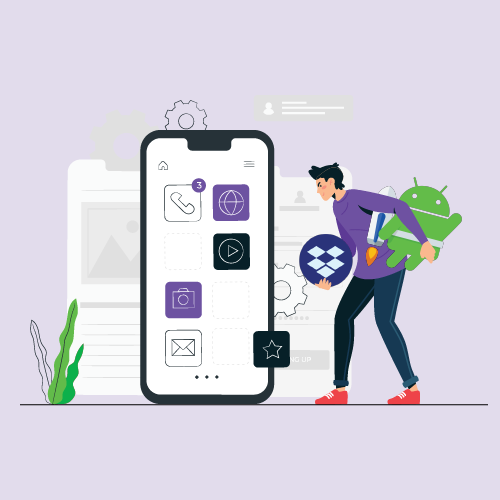
Modern Android App Architecture with Dropbox Store and JetPack
A few days ago, Dropbox acquired an open-source Store library. The aim behind taking the ownership was to modify it to make it more suitable to the prevailing Android developer ecosystem. Now, Store also includes Google JetPack collection of libraries which poses as a solution for creating current-day Android apps. Google JetPack makes it possible…
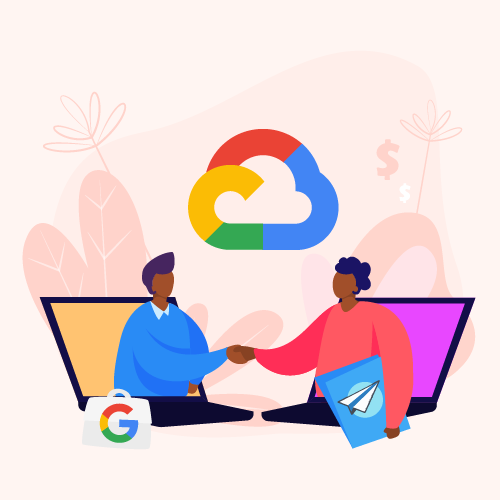
Google Acquires Appsheet, a No-code Mobile App Development Platform
Google recently announced that they have acquired AppSheet, a Seattle based no-code mobile app development platform. The terms of the acquisition have not been disclosed yet, but it has been revealed that AppSheet will continue to serve its existing customers. AppSheet was founded back in 2014 by Praveen Seshadri and Brian Sabino to help businesspeople…

How Can Blockchain Help in Combating Deepfake Issues?
Remember the video posted by Belgium’s Socialstiche Partij Anders back in May 2018? The one where Donald Trump was blaming Belgium for presenting in the Paris Climate Agreement. Or the one where Trump was a part of the popular Breaking Bad series? Such videos are hitting the Internet every now and then. They are entertaining…


